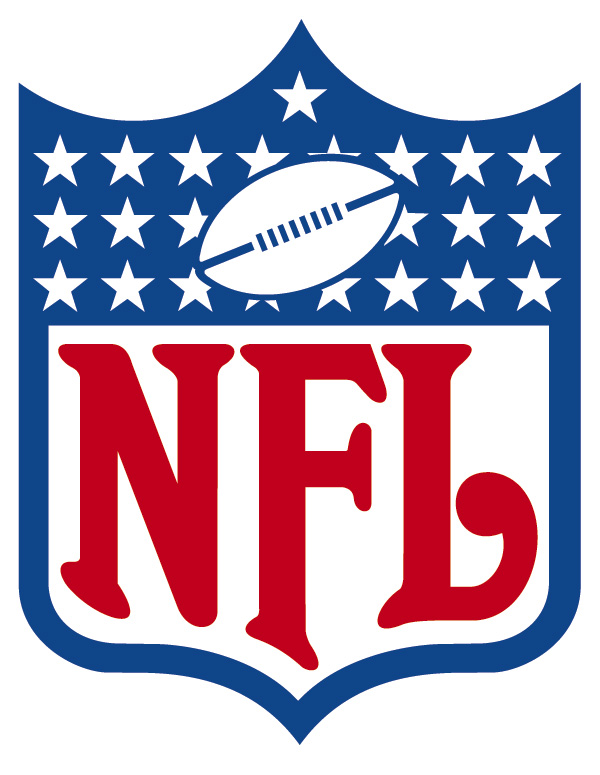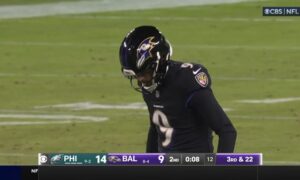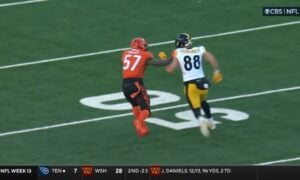The topic of concussions is a football issue that will not die down any time soon, nor should it, as it is at the forefront of safety concerns in what is arguably the nation’s most violent and dangerous source of sports entertainment, perhaps short of boxing. The topic has inspired lawsuits and major motion pictures and documentaries alike.
According to a Tweet from NFL reporter Ian Rapoport yesterday, in which there was no elaboration, admittedly, the league intends to begin sharing its concussion data that it has collected over the years to helmet manufacturers.
The express intention of such a relationship, wrote Rapoport, was for the eventual formulation of position-specific helmets that can best cater to the protective needs of athletes based on where they play on the field.
This is an interesting proposal, though it figures to be years away from any sort of meaningful implementation, as the reality is that the risks and types of head trauma that players are exposed to do vary depending on their position.
Position groups are largely defined not just by where they line up on the field, but also by the tasks that they are assigned, as well as their body types and the level of performance expected of them, which leads to different types of head-on collisions.
For offensive and defensive linemen, for example, they are often repeatedly exposed to minor head traumas on a play-to-play basis in every game as they joust with one another along the line of scrimmage, often knocking heads from close range.
A safety, however, is much more likely to record a tackle from long range and at high speed, which is a different sort of impact that would benefit from a different type of protective helmet to best withstand the collision.
Every position presents a unique set of likely circumstances during which a football player can be expected to suffer a blow to the head, on both the offensive and defensive sides of the ball, which lends credence to the potential usefulness of helmets that cater to specific position groups.
It would be quite interesting to read the research that the league has gathered on the topic to see what their findings say about the differences in head traumas suffered by athletes by position group, and just how much it has the potential to vary.
Of course, the fact that they are reportedly pursuing this idea strongly suggests that there is evidence to support the idea in their data.
There are many who argue that there is little to nothing that can be done to prevent the occurrence of concussions suffered by professional athletes, and there is, of course, a substantial amount of truth to that. There is no external protective gear that can prevent the brain from shifting inside the cranium, which is the source of head trauma.
Still, the implication that we should do nothing is defeatist, and the alternative suggestion that we do away with facemasks, hard helmets, or head protection altogether, is equally absurd.
No matter the motivation of the move, if the Twitter report is indeed accurate, then I regard it as a positive step for player protection in the prevention and reduction of incidences of head trauma.








